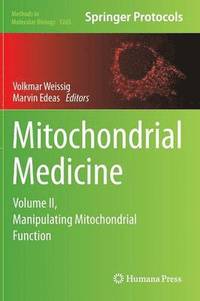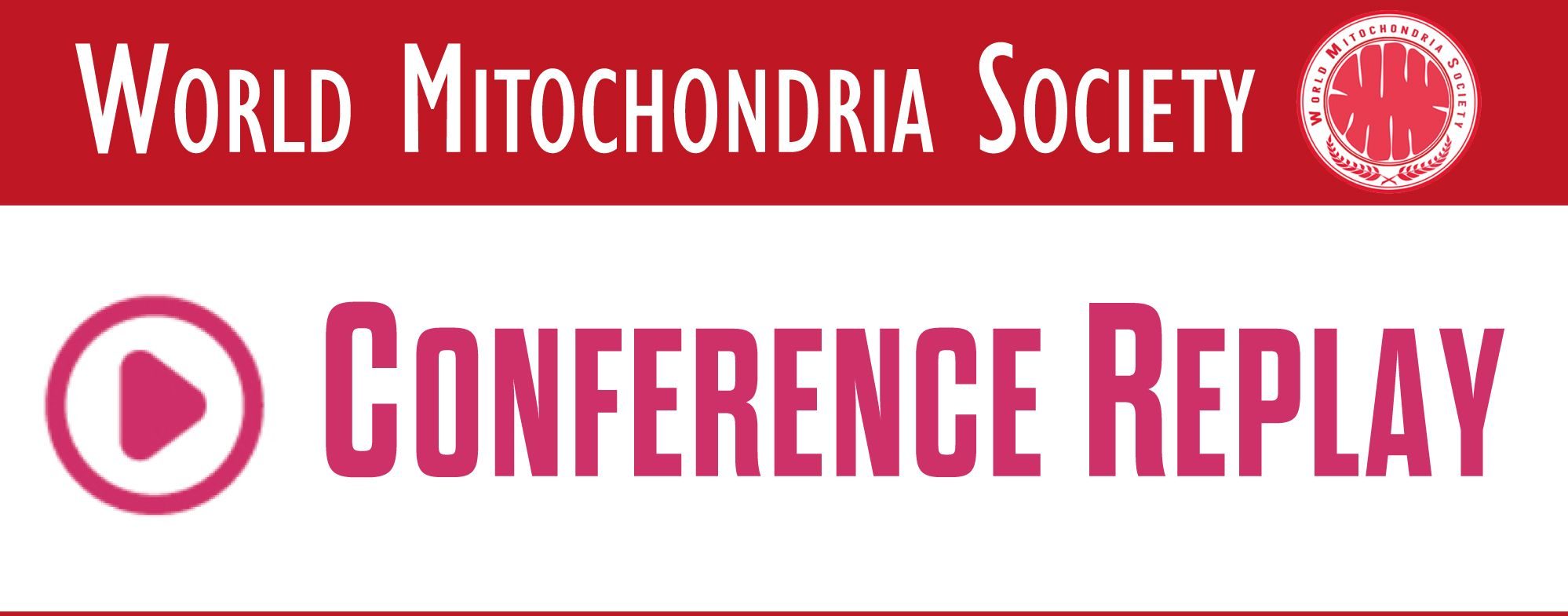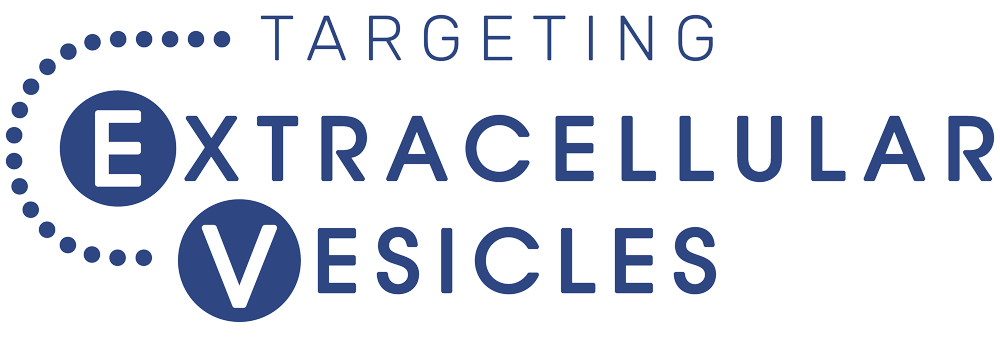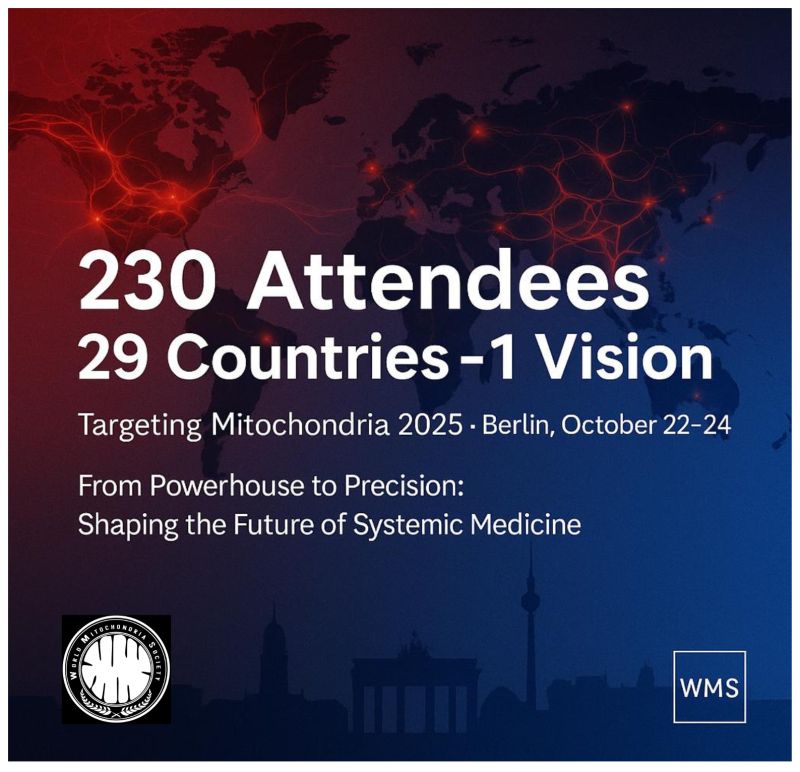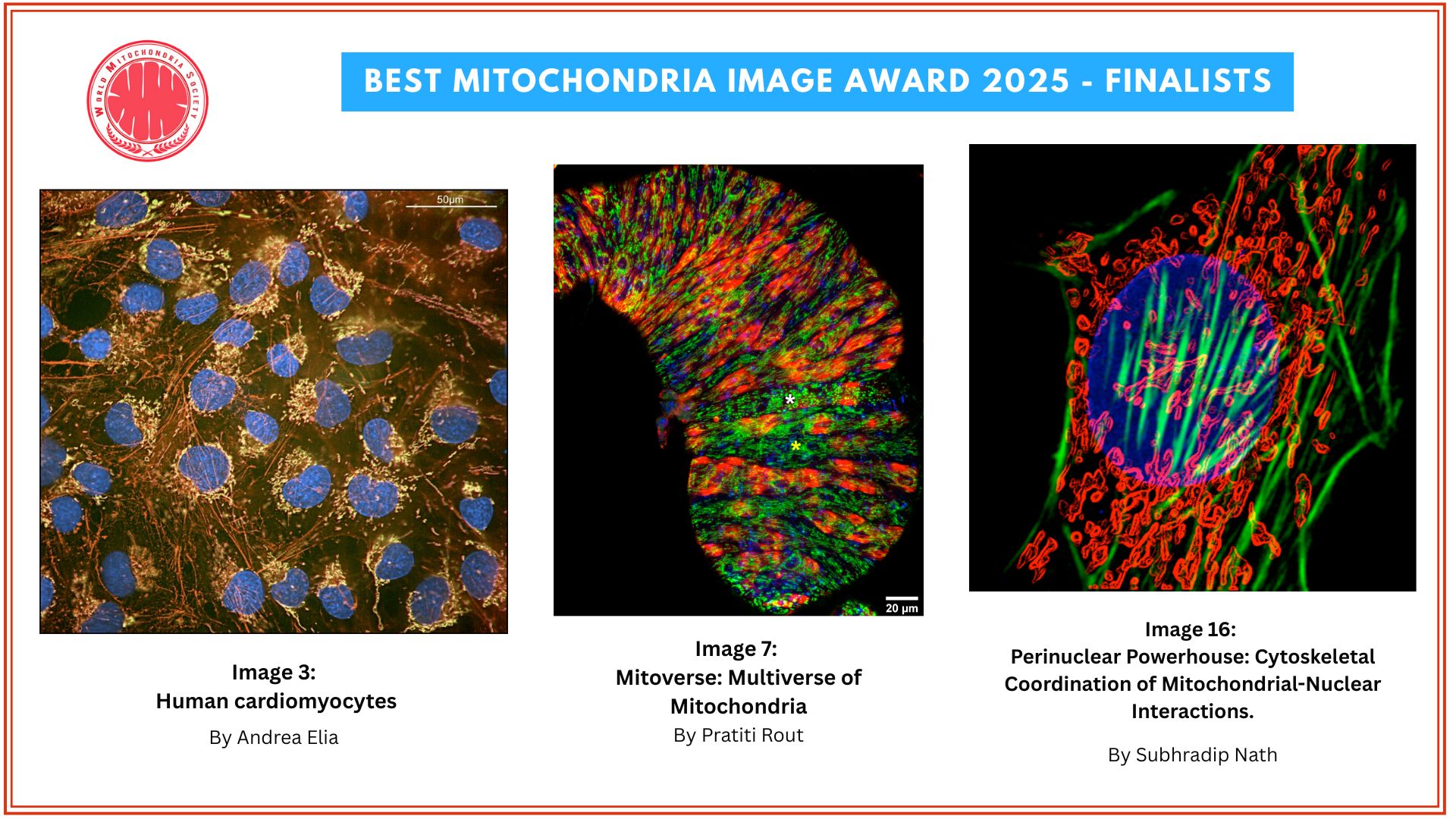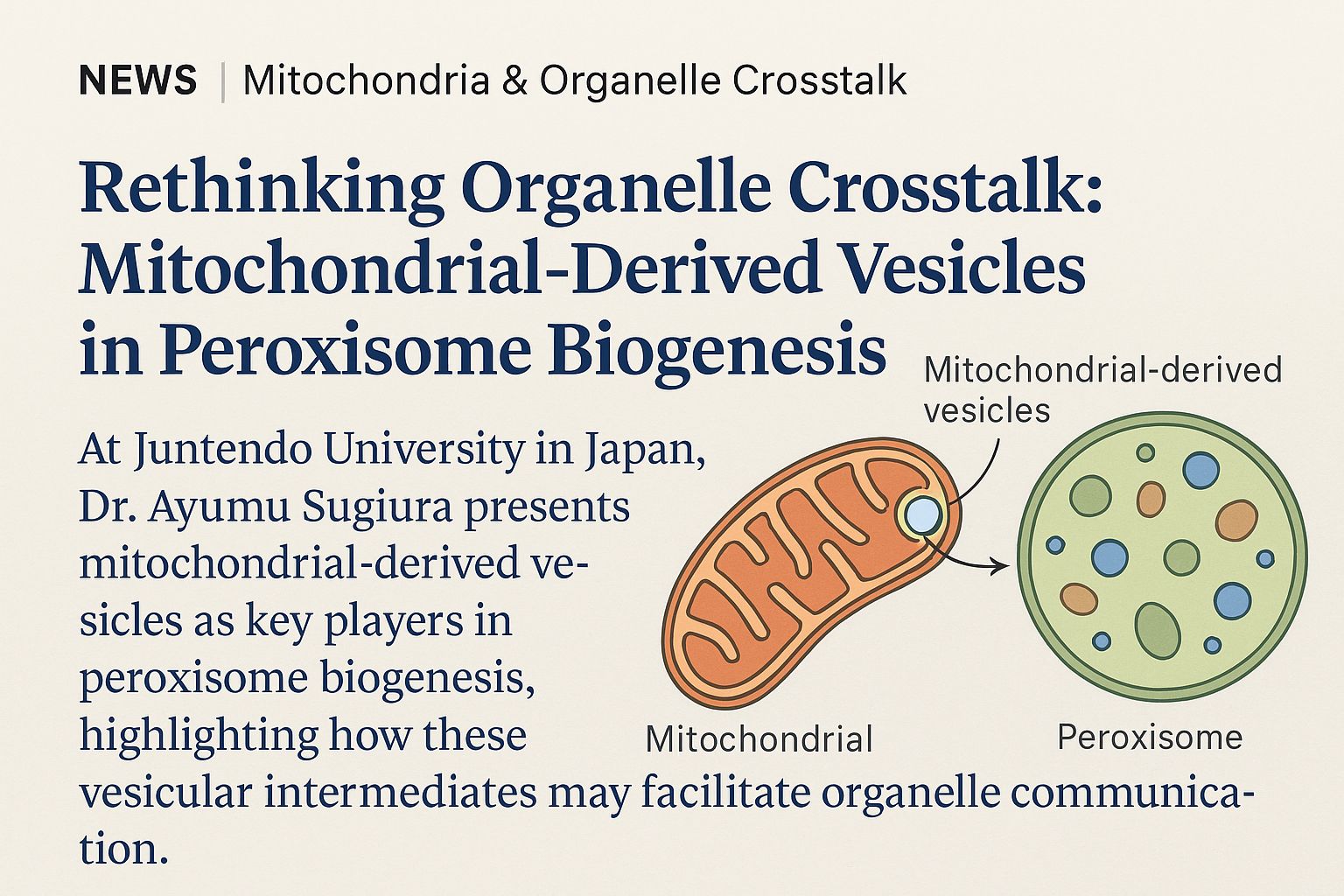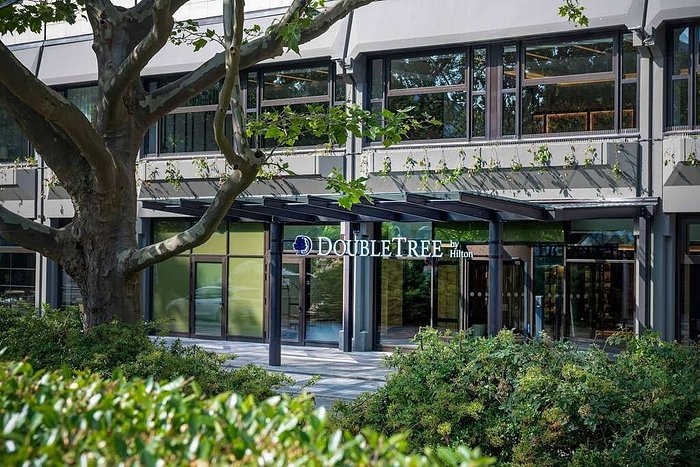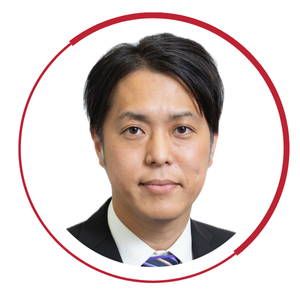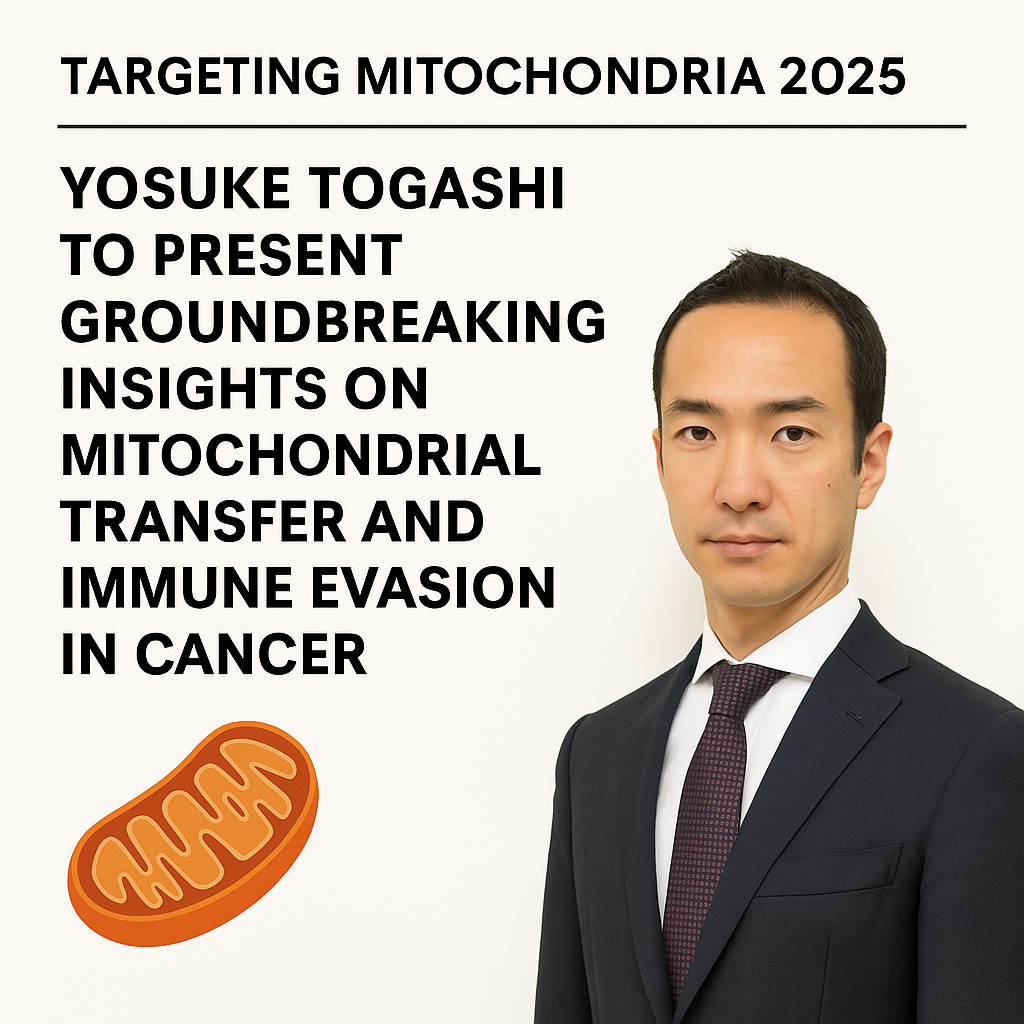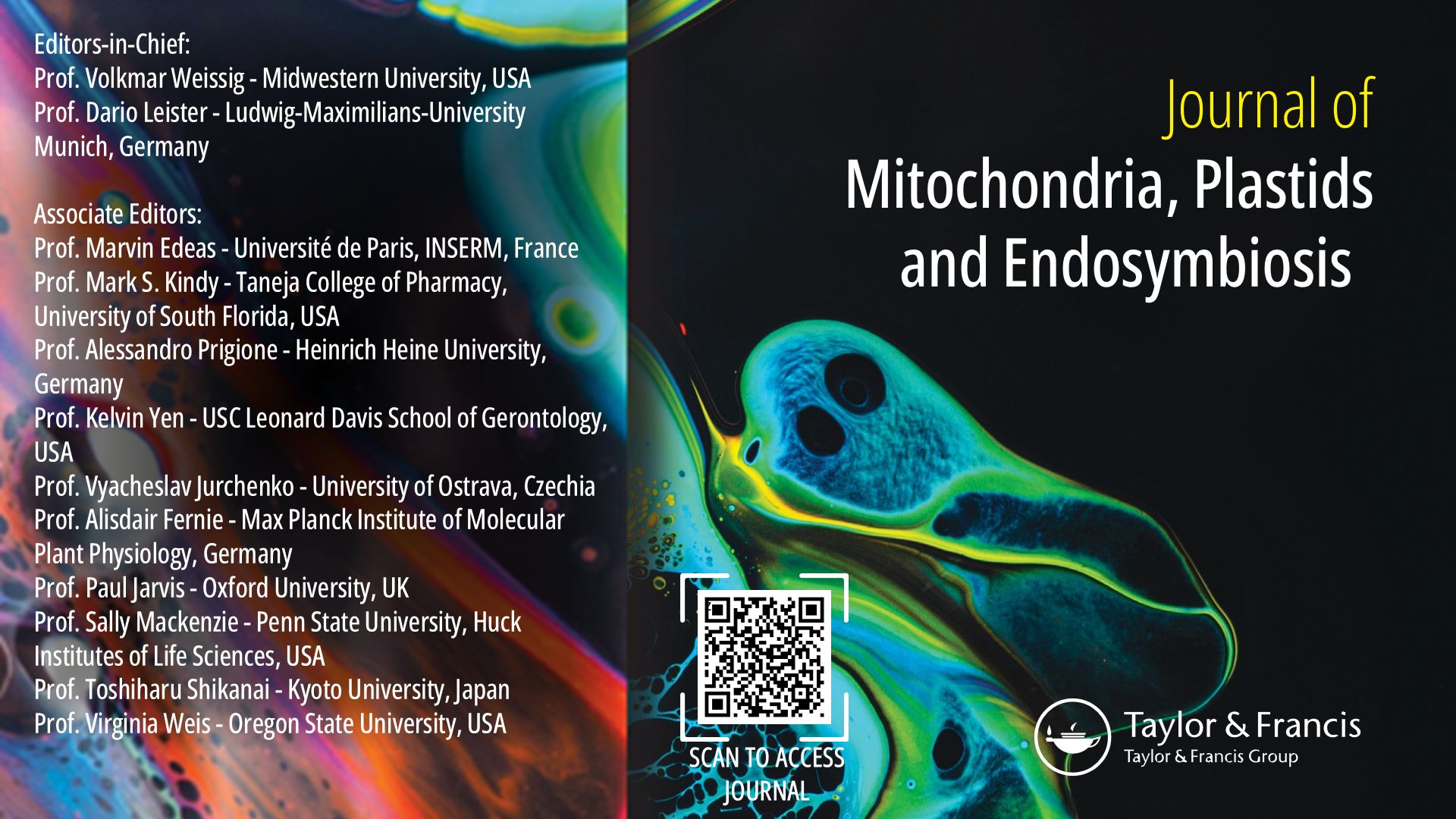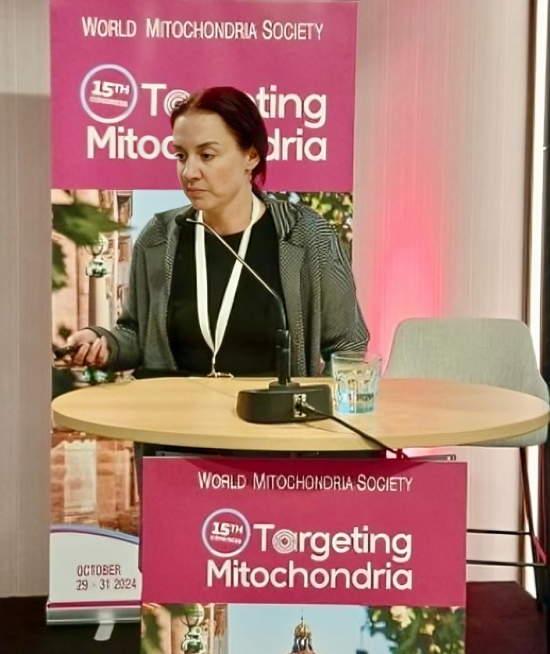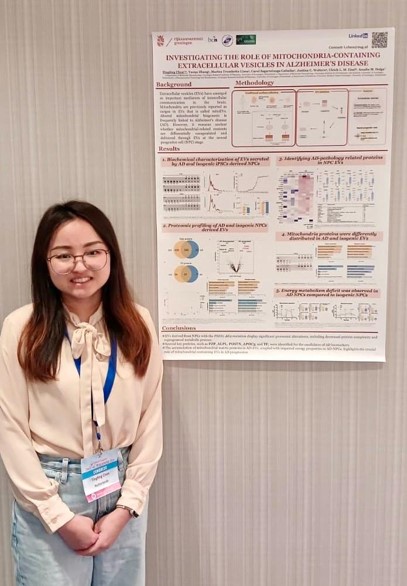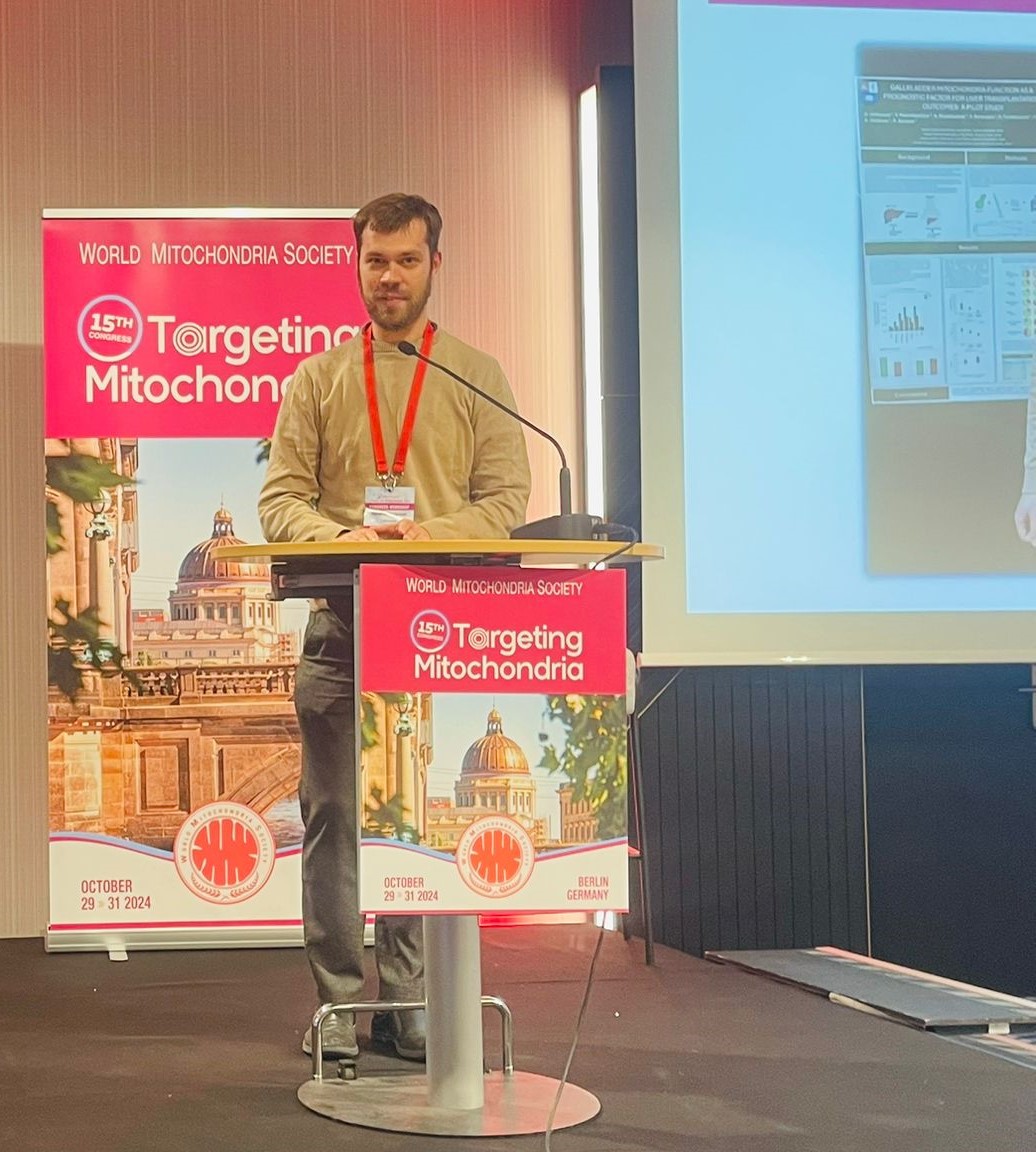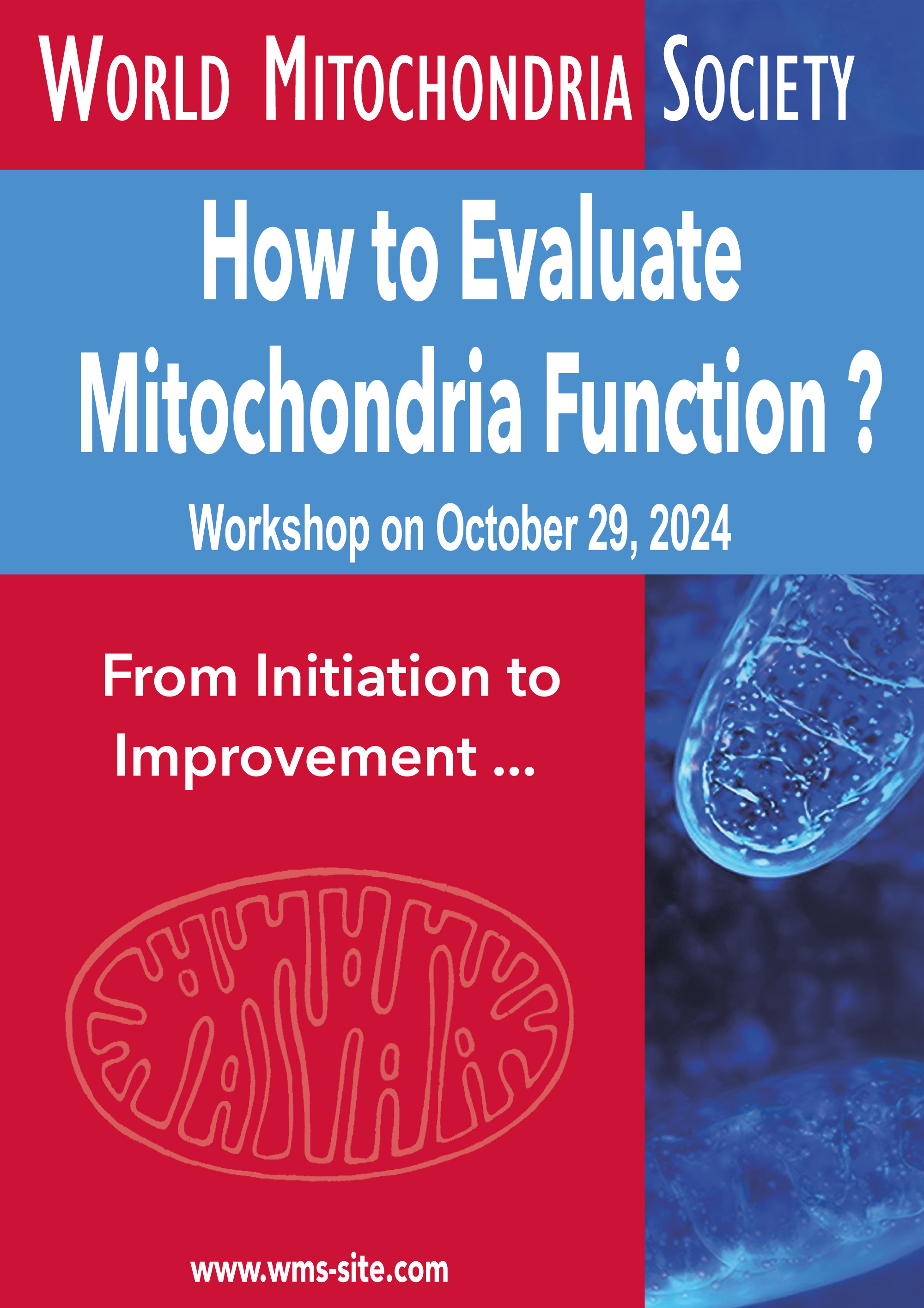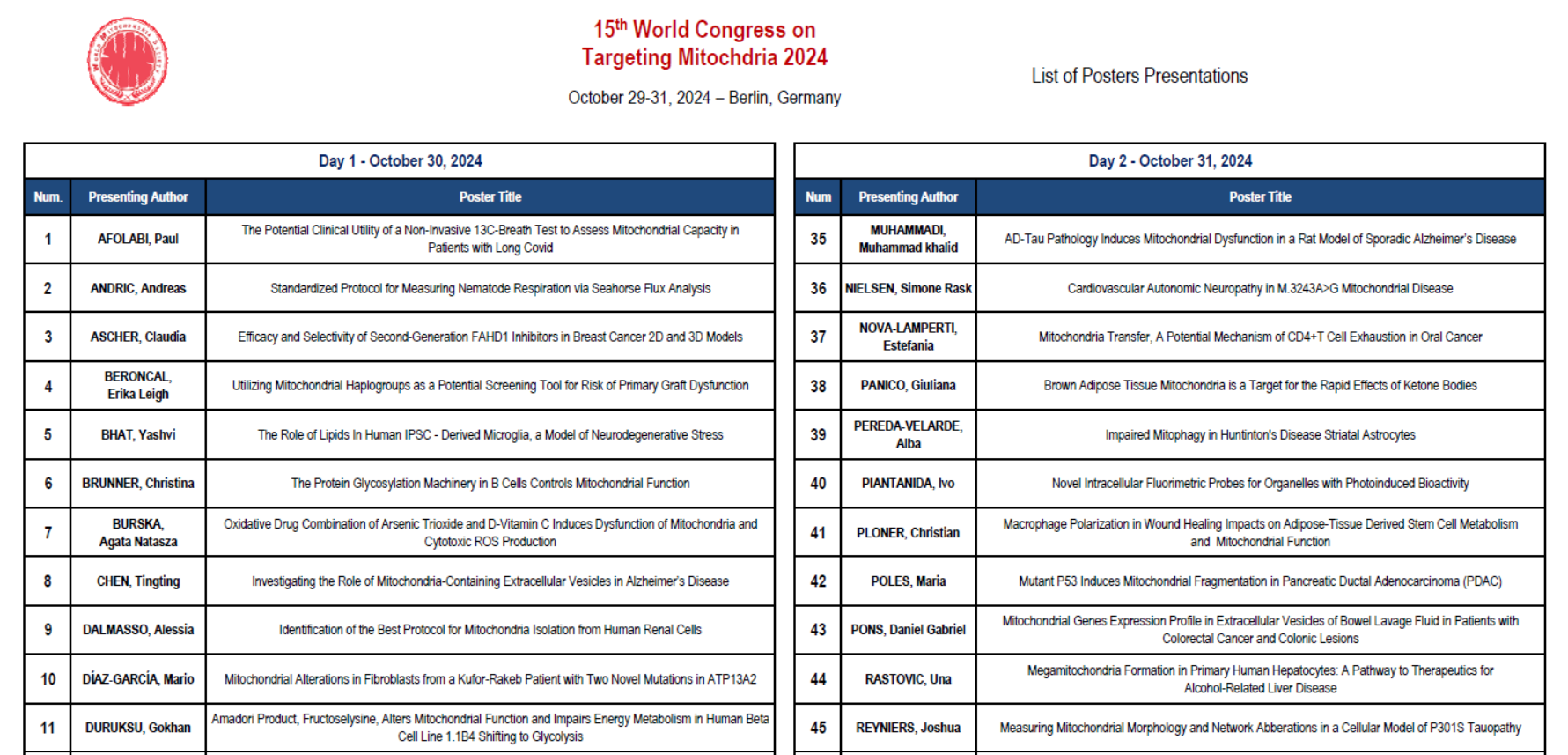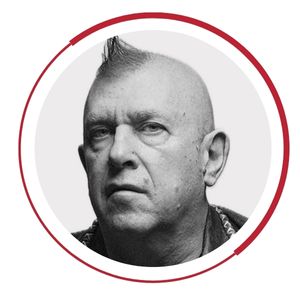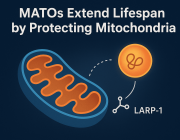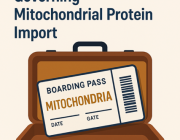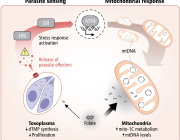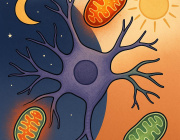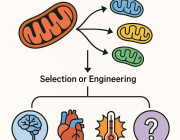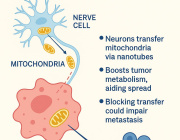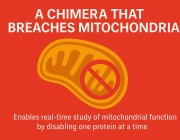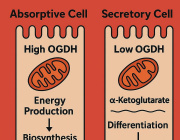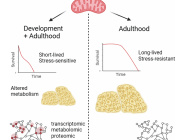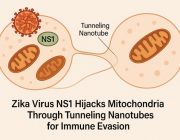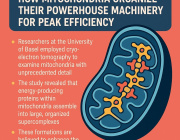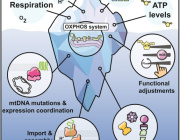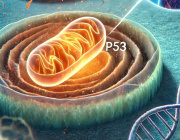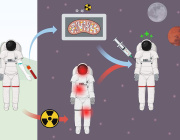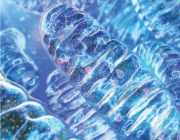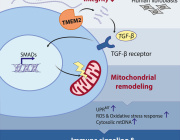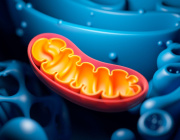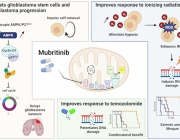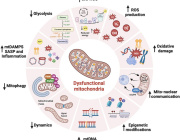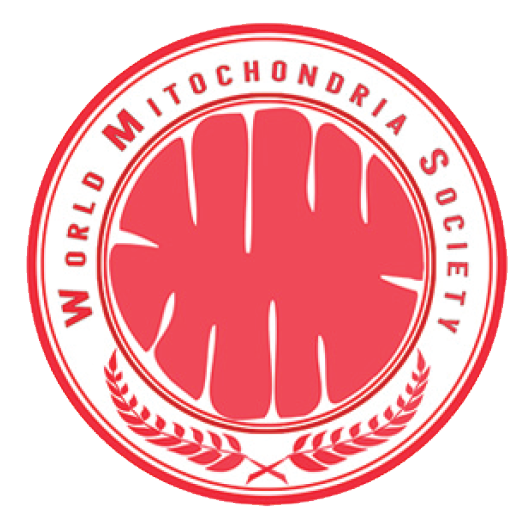Dr. James McCully will be invited by Dr. Marvin Edeas to highlight Mitochondrial Transplantation on March 22
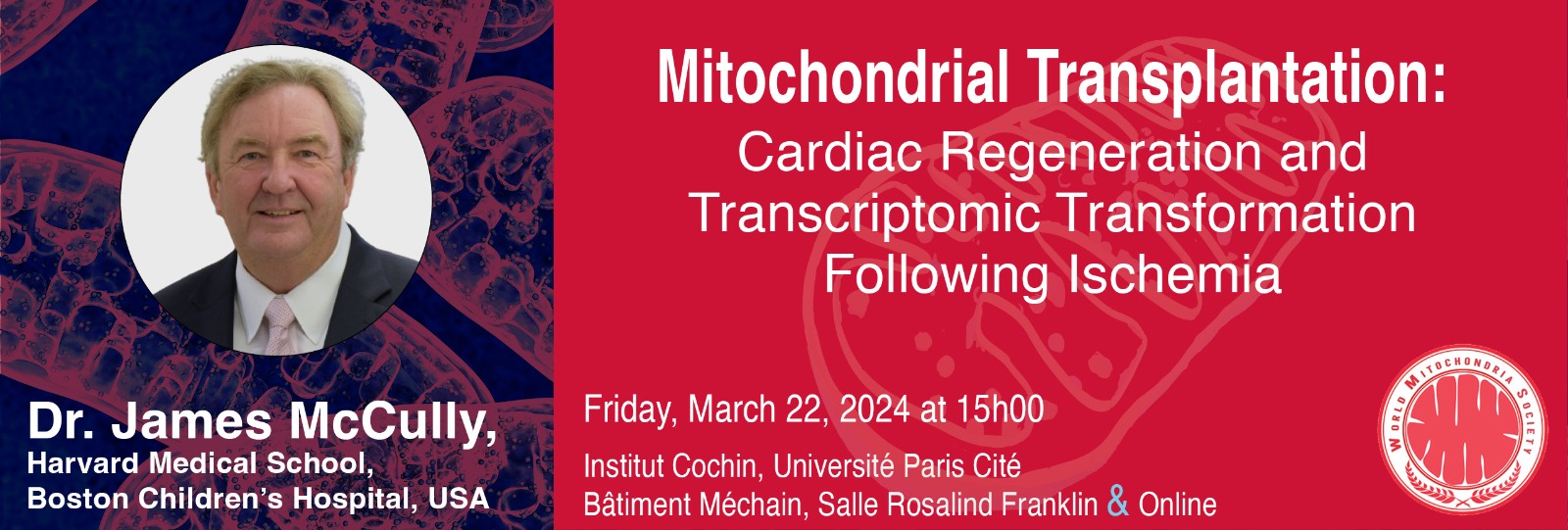
Dr. Marvin Edeas, Institut Cochin, INSERM U1016, Université Paris Cité, France, is pleased to invite Dr. James McCully of Harvard Medical School and Boston Children's Hospital to present a talk dedicated to Mitochondrial Transplantation, both online and in Paris.
The focus of the Dr. McCully's talk will be on "Mitochondrial Transplantation: Rescue of Cellular Viability and Function and Modulation of the Ischemic Phenotype in the Myocardium".
Dr. McCully will discuss the role of mitochondrial transplantation in improving outcomes for myocardial ischemia/reperfusion injury and its effects on the transcriptomic profile.
You are all cordially invited to join us.
World Mitochondria Society
Practical Information
Date & Venue
The webinar is scheduled for Friday, March 22, 2024, from 3:00 PM to 5:15 PM Paris time.
Participants can choose to attend the event in two ways:
- In person at the Université Paris Cité, Institut Cochin - Bâtiment Méchain, Salle Rosalind Franklin, in Paris.
- Virtually, through a Zoom webinar.
Registration & Participation
There is no fee to attend this webinar, but space is limited. Interested individuals are encouraged to register early to ensure participation.
Why did Dr. Marvin Edeas invite Dr. James McCully to host a webinar on Mitochondrial Transplantation?
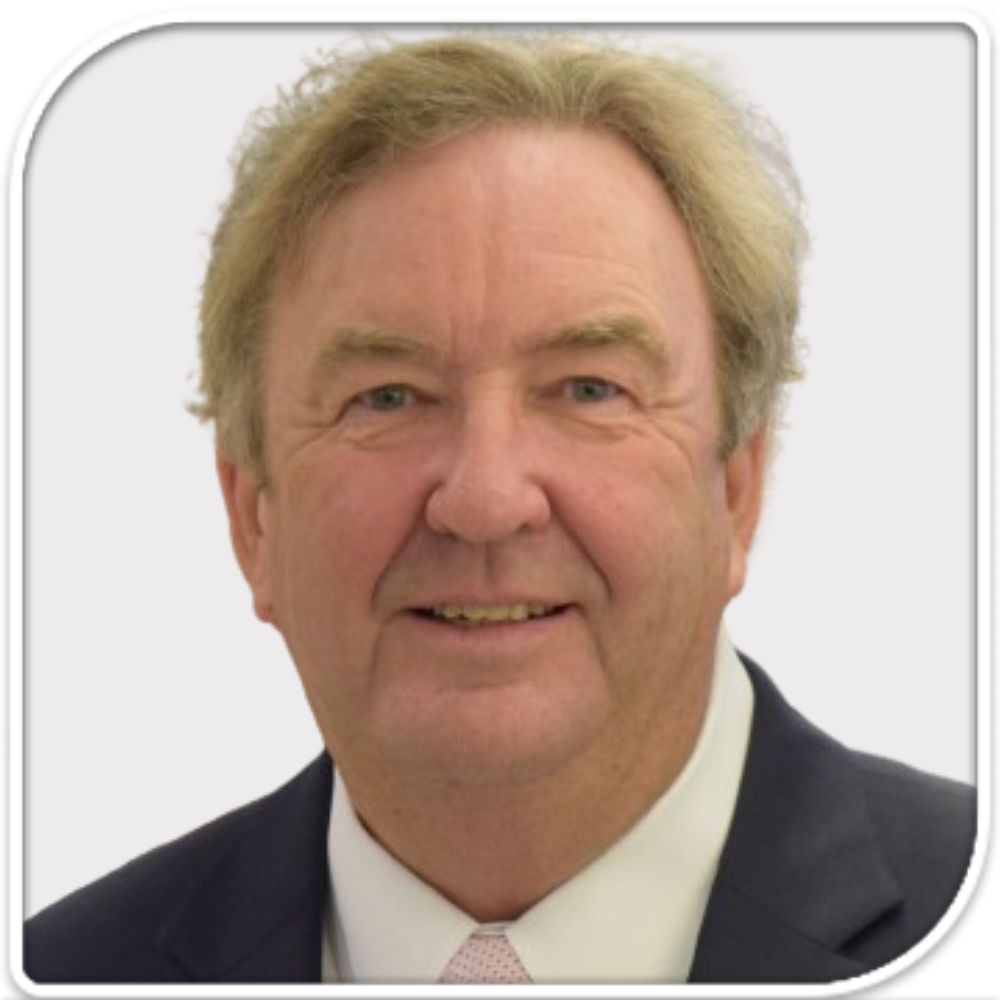 Dr. McCully plays a strategic role in the field of medicine, especially his groundbreaking work in pediatric cardiac surgery and his development of mitochondrial transplantation. Dr. McCully has dedicated his career to innovating treatment approaches for congenital heart conditions, significantly improving outcomes for pediatric patients. His research has not only advanced surgical procedures but also introduced new technologies to enhance the quality of life for children with heart defects.
Dr. McCully plays a strategic role in the field of medicine, especially his groundbreaking work in pediatric cardiac surgery and his development of mitochondrial transplantation. Dr. McCully has dedicated his career to innovating treatment approaches for congenital heart conditions, significantly improving outcomes for pediatric patients. His research has not only advanced surgical procedures but also introduced new technologies to enhance the quality of life for children with heart defects.
The technique of mitochondrial transplantation, pioneered by Dr. McCully, represents a major advancement in medical science, offering a novel method to deliver healthy mitochondria directly to damaged tissues, thus rescuing organ function. This innovation, first applied at Boston Children's Hospital in 2014, has shown that mitochondrial transplantation can safely and effectively restore injured heart muscle, even in critical cases.
Given Dr. McCully's extensive publication record, with 234 papers and 13 patents, and his involvement in leading scientific associations, his expertise and contributions are highly valued by the medical community. His work aligns closely with the interests of the World Mitochondria Society, making him an ideal candidate to share insights on the therapeutic efficacy of mitochondrial transplantation in treating myocardial ischemia/reperfusion injury and its potential for broader applications in medicine.
DOI Assignment for Targeting Mitochondria 2024 Abstracts
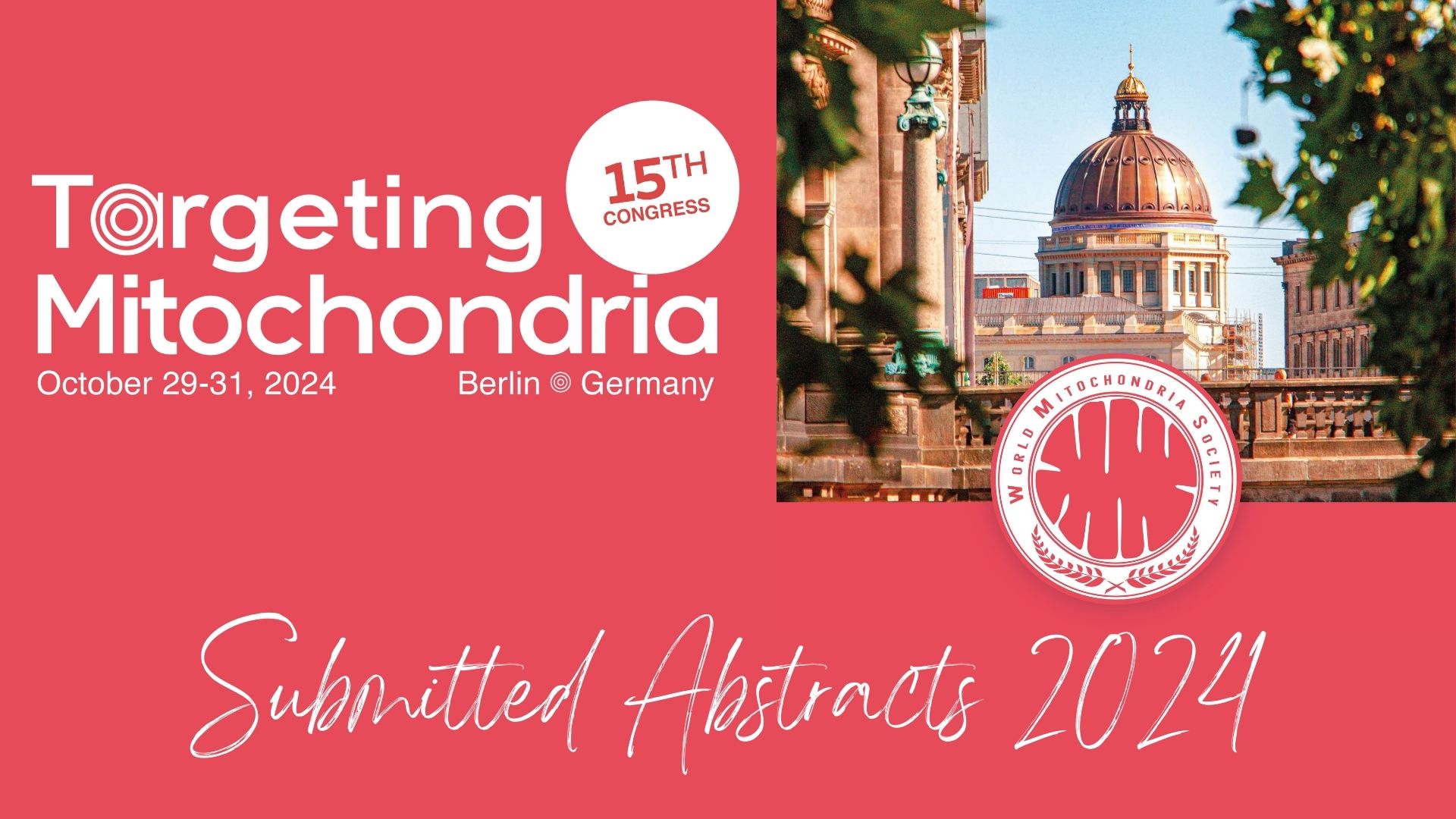
We are pleased to announce that all abstracts submitted this year to the 15th Annual meeting of the WMS will be included in the Targeting Mitochondria 2024 Abstracts Book, which will be assigned a DOI (Digital Object Identifier). This ensures your work will have a permanent and easily accessible online presence.
Importance of DOI
Having a DOI means your abstracts will be indexed on major academic platforms such as ORCID, Google Scholar, Scopus and others. This not only enhances the visibility of your research but also facilitates easy citation and sharing within the scientific community.
Abstract Submission Details
You can submit your abstracts here: www.wms-site.com/abstract submission.
Emerging Trends & Strategies: 15th World Congress 2024

Join us in Berlin from October 29-31, 2024, for the 15th World Congress on Targeting Mitochondria.
Targeting Mitochondria 2024: New Visionary Approaches
The President of the World Mitochondria Society, Volkmar Weissig, and the Chairman of the Scientific Board, Marvin Edeas, have highlighted the complexities involved in curating an agenda and identifying suitable speakers as significant challenges. In response, they are adopting a progressive and "out of the box" perspective.
Volkmar Weissig and Marvin Edeas aim to take an unconventional approach by concentrating on Emerging Trends and Strategies in mitochondrial research. To this end, they have selected topics such as exosomes and extracellular vesicles, the application of artificial intelligence, the mitochondria-microbiota interplay, the role of mitochondria in photomedicine, and exploratory discussions on the incorporation of Chinese medicine principles.
Summary of the Agenda
Day 1 - Tuesday, October 29, 2024: Mitochondria Workshop
- Workshop Title: “How to Evaluate Mitochondria Function? Bridging Theory and Practice”
- Led by: Dr. Naïg Gueguen, MitoVasc Institute, Angers University Hospital Center, France.
- Focus on methodologies and techniques for assessing mitochondrial function accurately.
Day 2 - Wednesday, October 30, 2024: Keynote and Sessions
Keynote Presentation: “The Mitochondrial Kingdom: Historical Moments, Evolutionary Insights, Current Understanding, and Future Projections.”
Session 1: Mitochondrial Biodynamics in Health and Diseases
- Topics include mitochondrial mitophagy and biogenesis, mitochondria in cancer, aging, cell communication, and the interconnections between iron, ferritin, and mitochondria.
Session 2: Evaluation and Quality Control of Mitochondrial Function
- Highlights innovations in mitochondrial function measurement, real-time visualization techniques, new monitoring devices, and quality control mechanisms.
Day 3 - Thursday, October 31, 2024: Continuing Sessions and Concluding Remarks
Session 3: 15th World Mitochondria Society Meeting on Emerging Trends and Strategies
- Covers exosomes and extracellular vesicles, AI in research, mitochondria-microbiota interplay, updates on mitochondria in photomedicine, and considerations of Chinese medicine.
Session 4: Mitochondrial Medicine 2024: From Bench to Bedside
- Focuses on practical applications like mitochondrial transplantation, transfer & tunneling nanotubes, pharmaceutical approaches, and the latest clinical studies targeting mitochondria.
Concluding Remarks & Awards:
- Summarizing key takeaways, next steps in mitochondrial research, and recognizing outstanding contributions.
It will be a great pleasure to meet you in Berlin next October for this exciting congress!
Sincerely,
 Prof. Volkmar Weissig
Prof. Volkmar Weissig
President of the World Mitochondria Society
Midwestern University, USA
On behalf of the WMS Scientific Board
2023 Best Scientific Contribution Award at Targeting Mitochondria 2023
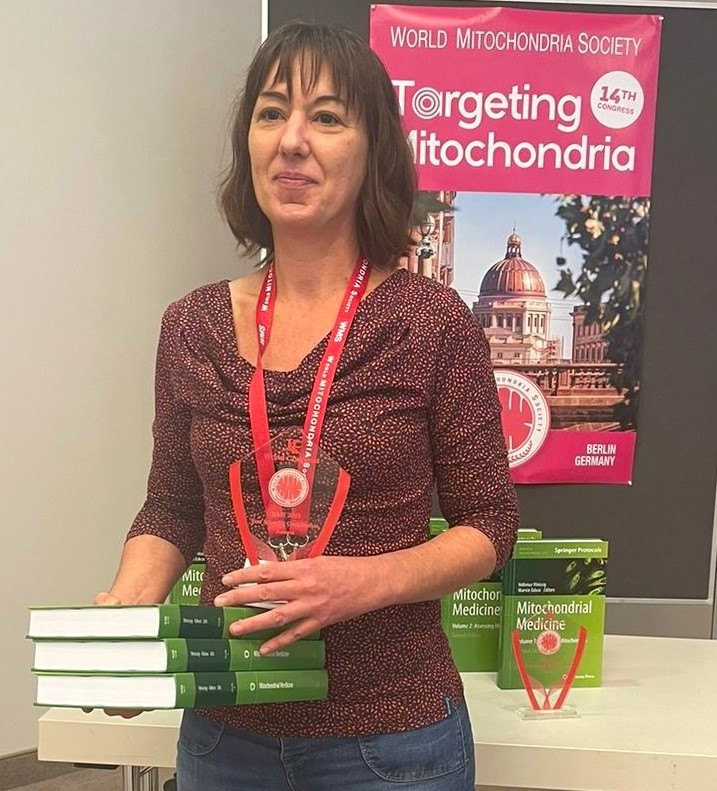
Dr. Naig Gueguen from the Mitovasc Institute has been recognized with the coveted 2023 Best Scientific Contribution Award, a testament to her role as a trailblazing scientist in the field.
In her excellent workshop titled "How to Evaluate Mitochondrial Function," Dr. Gueguen, affiliated with INSERM 1083, CNRS 6215, and Centre Hospitalier Universitaire d’Angers, showcased the depth of her expertise.
She navigated through the nuances of mitochondrial study, touched on key technological tools, delved into critical markers, elucidated diverse techniques for examination, presented diagnostic approaches, and shared invaluable case studies centered on mitochondrial anomalies.
The WMS extends its heartfelt congratulations to Dr. Gueguen for her stellar contributions and presentation.
Targeting Mitochondria 2023 Congress
October 11-13, 2023 - Berlin, Germany
wms-site.com
2023 Best Short Oral Presentation Award
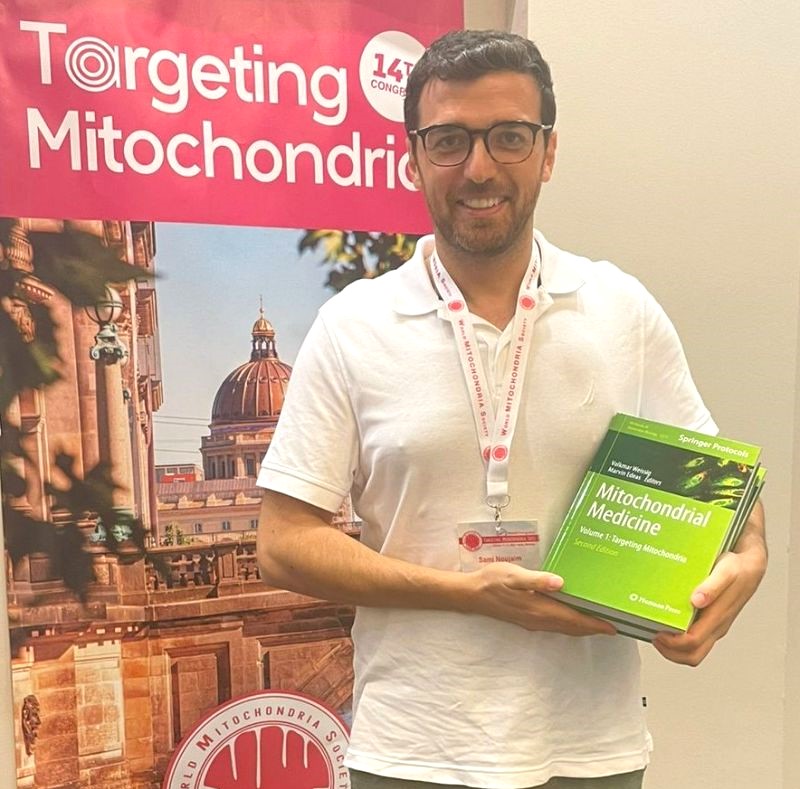
Targeting Mitochondria 2023 Best Short Oral Presentation Award #2
The World Mitochondria Society celebrates Sami Noujaim from the University of South Florida, USA, for clinching the Targeting Mitochondria 2023 Best Short Oral Presentation Award.
Dr. Noujaim's insightful talk, "Mitochondrial Involvement in Cardiac Electrophysiological Injury Due to Inhalation Exposure to Electronic Nicotine Delivery Systems (ENDS)," delved into the alarming effects of vaping on heart electrophysiology.
He expertly highlighted the role of adverse mitochondrial changes and increased oxidative stress in these effects.
All our congratulations.
Targeting Mitochondria 2023 Congress
October 11-13, 2023 - Berlin, Germany
wms-site.com
2023 Best Short Oral Presentation Award
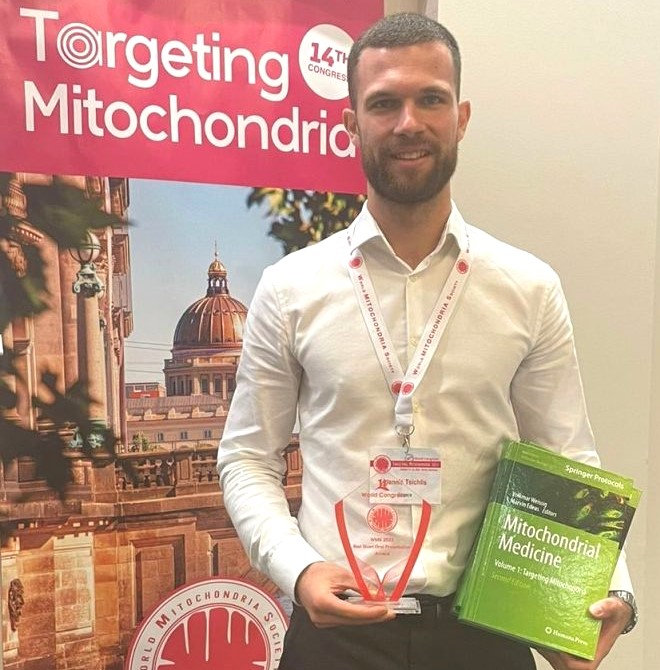
Targeting Mitochondria 2023 Best Short Oral Presentation Award #1
The World Mitochondria Society congratulate Dr. Ioannis Tsichlis from the National & Kapodistrian University of Athens, Greece, for earning the Best Short Oral Presentation award at Targeting Mitochondria 2023.
Dr. Tsichlis's profound talk, titled "Development of Mitochondria-Inspired Lipopolyplexes for Gene Delivery," was a deep dive into the cutting-edge realm of gene therapy.
He presented a novel mitochondrial-inspired nanosystem, which incorporated the properties of mitochondria into hybrid lipopolyplexes. These meticulously crafted structures are geared towards efficient gene delivery, offering a potential leap in therapeutic interventions. Particularly noteworthy was their remarkable stability across various media, an essential characteristic for real-world applications.
His talk was a testament to his dedication and innovative approach in the field of targeting mitochondria.
Dr. Tsichlis shared with the World Mitochondria Society: "Following the successful development of mitochondria-inspired lipopolyplexes, our research involves in vitro cytotoxicity studies and in vivo biological experiments in the well-established C. elegans model to evaluate the specificity and efficiency of the nanoplatform in targeting mitochondria. The ultimate goal is to develop a safe and effective bio-inspired gene delivery nanoplatform that will contribute to mitochondrial gene therapy."
All our congratulations.
Targeting Mitochondria 2023 Congress
October 11-13, 2023 - Berlin, Germany
wms-site.com
Targeting Mitochondria 2023 Best Poster Presentation Award for Young Investigator
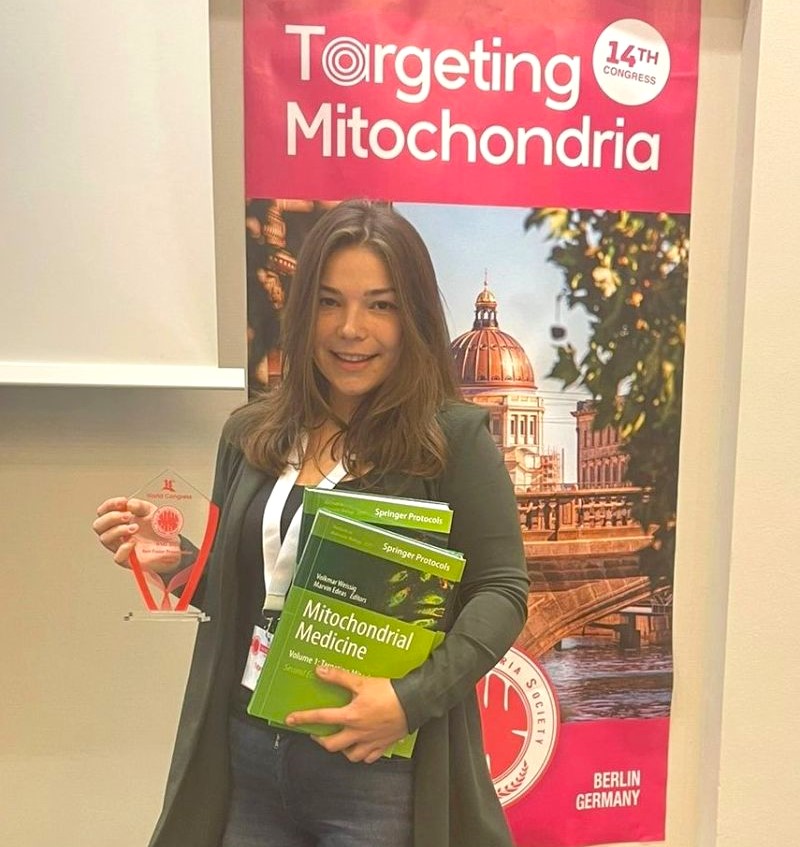
It gives us immense pleasure to announce that Tatjana Kuen from Leopold-Franzens Universität Innsbruck, Austria, has been distinguished with the Targeting Mitochondria 2023 Best Poster Presentation Award for Young Investigators.
Her poster, titled "Inhibitors of Fumarylacetoacetate Domain Containing Protein 1 (FAHD1) Induce Premature Cellular Senescence in Human Endothelial Fibroblasts in Vitro," delves into the intricate role of FAHD1 as an oxaloacetate decarboxylase in the TCA cycle regulation. Notably, the findings revealed that a lentiviral knockdown of FAHD1 could lead HUVEC cells into premature cellular senescence. The proposed model suggests a mitochondrial dysfunction-associated senescence-like phenotype that is potentially mediated through the reduction of complex-II activity. Currently, Tatjana and her team are exploring the use of second-generation FAHD1 inhibitors to replicate this intriguing effect.
Join us in extending heartfelt congratulations to Tatjana Kuen for this outstanding achievement.
Targeting Mitochondria 2023 Congress
October 11-13, 2023 - Berlin, Germany
wms-site.com
The Power of Epigenetics: The Patterns of mitoDNA Methylation Transmitted Across Generation
 Dr. Marc-André Sirard, Director of the Center for Research in Reproduction, Development and Intergenerational Health at Université Laval, Canada , will share his latest findings via a major talk at Targeting Mitochondria 2023.
Dr. Marc-André Sirard, Director of the Center for Research in Reproduction, Development and Intergenerational Health at Université Laval, Canada , will share his latest findings via a major talk at Targeting Mitochondria 2023.
Mitochondria are only inherited through the oocyte and the metabolic environment is also transmitted through epigenetic mechanism in mammals.
Dr. Sirard and his team have evidence that DNA methylation in the mitochondrial and genomic DNA might play a role in the programming of gene expression in the next generation. Genomic studies indicate a gene regulation impact of the mitochondrial genome associated methylation levels using the bovine oocyte-embryo model.
Dr. Sirard's talk will be titled "The Power of Epigenetics: The Patterns of mitoDNA Methylation Transmitted Across Generation".
You can learn more about this topic and benefit from the experience of Dr. Sirard by joining Targeting Mitochondria 2023.
Targeting Mitochondria 2023 Congress
October 11-13, 2023 - Berlin, Germany
Targeting MCJ/DnaJC15 to modulate mitochondrial respiration in disease
 Dr. Mercedes Rincon, University of Colorado Anschutz School of Medicine, USA will join the Targeting Mitochondria 2023 Congress and give a presentation entitled "Targeting MCJ/DnaJC15 to modulate mitochondrial respiration in disease".
Dr. Mercedes Rincon, University of Colorado Anschutz School of Medicine, USA will join the Targeting Mitochondria 2023 Congress and give a presentation entitled "Targeting MCJ/DnaJC15 to modulate mitochondrial respiration in disease".
Dr. Rincon and her team have identified MCJ (also called DnaJC15) as a novel negative regulator of mitochondrial metabolism. MCJ associates with Complex I of the ETC, and acts as a negative regulator of Complex I and mitochondrial respiration. MCJ deficiency results in increased mitochondrial respiration, but it has no effect on glycolysis and does not increase the production of reactive oxygen species (ROS).
Dr. Rincon will present their studies showing that MCJ is emerging as a target for non-alcoholic fatty liver disease (NAFLD), and how silencing of MCJ in hepatocytes can be a safe therapeutic strategy for treatment of this and other mitochondria-mediated liver diseases. She will also describe how loss of MCJ in cancer cells leads to chemotherapy resistance due to increased mitochondrial respiration and how MCJ mimetics can overcome chemoresistance.
Join Targeting Mitochondria 2023 to learn more about Dr. Rincon's exciting talk. You can submit a related abstract here.
Targeting Mitochondria 2023 Congress
October 11-13, 2023 - Berlin, Germany
Repairing Marginal Kidneys With Mitochondrial Transplantation: A New Powerful Tissue Engineering Tool That Will Change the Transplant Landscape
 Dr. Giuseppe Orlando, Wake Forest University, USA, will join the Targeting Mitochondria 2023 Congress and give a presentation entitled "Repairing Marginal Kidneys With Mitochondrial Transplantation: A New Powerful Tissue Engineering Tool That Will Change the Transplant Landscape".
Dr. Giuseppe Orlando, Wake Forest University, USA, will join the Targeting Mitochondria 2023 Congress and give a presentation entitled "Repairing Marginal Kidneys With Mitochondrial Transplantation: A New Powerful Tissue Engineering Tool That Will Change the Transplant Landscape".
The lecture will illustrate the state of the art of kidney transplantation and the role that mitochondrial transplantation will have in increasing the donor pool.
It is predicted that mitochondrial medicine will dramatically increase the number of transplantable organs by offering a valuable technology that will enable transplantation to repair marginal allografts. The organ preservation and repair platform should therefore be seen by the mitochondrial society as a formidable platform offered by transplant medicine for the application of mitochondria-based technologies
Join Targeting Mitochondria 2023 to learn more about Dr. Orlando's exciting talk. Read more about Dr. Orlando's latest promising findings.
Targeting Mitochondria 2023 Congress
October 11-13, 2023 - Berlin, Germany
Mitochondria Organelle Transplantation for Neurological Diseases & Aging
 Dr. Mark S. Kindy from the University of South Florida, USA, will join the Targeting Mitochondria 2023 Congress and give a presentation entitled "Mitochondria Organelle Transplantation for Neurological Diseases and Aging".
Dr. Mark S. Kindy from the University of South Florida, USA, will join the Targeting Mitochondria 2023 Congress and give a presentation entitled "Mitochondria Organelle Transplantation for Neurological Diseases and Aging".
Join Targeting Mitochondria 2023 to learn more about Dr. Kindy's exciting talk.
Targeting Mitochondria 2023 Congress
October 11-13, 2023 - Berlin, Germany
What spaceflight and bed rest have in common: A proteomic point of view
 Dr. Marta Murgia from the University of Padova, Italy will join the Targeting Mitochondria 2023 Congress and give a presentation entitled "What spaceflight and bed rest have in common: A proteomic point of view".
Dr. Marta Murgia from the University of Padova, Italy will join the Targeting Mitochondria 2023 Congress and give a presentation entitled "What spaceflight and bed rest have in common: A proteomic point of view".
In the absence of mechanical loading, skeletal muscle undergoes atrophy with loss of strength and detrimental metabolic effects. Dr. Murgia and her team used highly sensitive mass spectrometry (MS)-based proteomics to detail single fiber type-specific molecular remodeling caused by muscle unloading, using bed rest as a model.
In parallel, they measured the muscle proteome of two astronauts, from biopsies taken before and after a six months mission on the International Space Station (ISS). In their muscle lysates, they measured a sharp decrease in the expression of the whole mitochondrial proteome.
Dr. Murgia's talk will give an overview of the main proteomic changes that we measured in these two different models of muscle unloading and disuse. She will highlight striking similarities as well as profound differences. She will discuss the protective role of exercise on skeletal muscle mass in space, with a focus on the mitochondrial proteome.
Join Targeting Mitochondria 2023 to learn more about Dr. Murgia's exciting talk. You can submit a related abstract here.
Targeting Mitochondria 2023 Congress
October 11-13, 2023 - Berlin, Germany
Advances in the Development of Mitochondria-Targeted Pharmaceuticals
 Dr. Maxim Skulachev, CSO at Mitotech (Israel) , who manages Mitotech's core scientific research, will share the latest advances in developing mitochondria targeting drugs during Targeting Mitochondria 2023 this October.
Dr. Maxim Skulachev, CSO at Mitotech (Israel) , who manages Mitotech's core scientific research, will share the latest advances in developing mitochondria targeting drugs during Targeting Mitochondria 2023 this October.
In the last 15 years of his life and scientific career, Vladimir Skulachev dedicated himself to his project on practical application of penetrating ions. This ambitious endeavor focuses on developing new pharmaceuticals based on mitochondria-targeted antioxidants of the SkQ class.
Mitotech's leading compound, SkQ1, is currently undergoing extensive development for different indications and in various pharmaceutical forms, including eye drop formulations (which have reached the third stage of clinical trials in the US), as well as oral and injectable "systemic" formulations.
In this presentation, Dr. Skulachev would like to share their recent findings from preclinical studies they completed using the latter formulations, Mitotech team successfully harnessed both the antioxidant and mild uncoupling properties of SkQ1 molecule.
Dr. Skulachev's short talk will be titled: "Advances in the Development of Mitochondria-Targeted Pharmaceuticals".
Read more about Professor Vladimir Skulachev's impact.
Targeting Mitochondria 2023 Congress
October 11-13, 2023 - Berlin, Germany
Vladimir Skulachev's Strategic Impact on Mitochondrial Medicine: A Tribute to his Vision, Discoveries, and Legacy
 Prof. Vladimir Gogvadze, Karolinska Institutet, Sweden, and active member of the scientific committe will join Targeting Mitochondria 2023 this October and introduce the congress.
Prof. Vladimir Gogvadze, Karolinska Institutet, Sweden, and active member of the scientific committe will join Targeting Mitochondria 2023 this October and introduce the congress.
Prof. Gogvadze will dedicate his talk to Prof. Vladimir Skulachev, former member of the scientific committee of WMS, to recognize his impact in the Mitochondria World: "Vladimir Skulachev's Strategic Impact on Mitochondrial Medicine: A Tribute to his Vision, Discoveries, and Legacy".
Read more about Professor Skulachev's impact.
Targeting Mitochondria 2023 Congress
October 11-13, 2023 - Berlin, Germany
Metabolic effects of Cimicfuga racemosa extract on mitochondria and implications for the resistance against oxidative cell death and longevity
 Prof. Carsten Culmsee, active member of the scientific committe and from the University of Marburg, Germany, will join Targeting Mitochondria 2023 this October. He will have a talk entitled "Metabolic effects of Cimicfuga racemosa extract on mitochondria and implications for the resistance against oxidative cell death and longevity".
Prof. Carsten Culmsee, active member of the scientific committe and from the University of Marburg, Germany, will join Targeting Mitochondria 2023 this October. He will have a talk entitled "Metabolic effects of Cimicfuga racemosa extract on mitochondria and implications for the resistance against oxidative cell death and longevity".
Cimicifuga racemosa extract (CRE) is a well-established herbal medication to treat menopausal symptoms such as hot flashes and weight gain. In contrast to estrogen replacement therapy or phytoestrogens, however, CRE does not act through stimulation of estrogen receptors but through metabolic mechanisms. Prof. Culmsee and his team's findings suggest that CRE Ze 450 rather exerts direct effects on mitochondrial energy turnover through interference with components of the mitochondrial electron transport chain (ETC).
Prof. Culmsee will provide a comprehensive insight into the signalling effects of the extract on the mitochondrial proteome and metabolome, highlighting the role of CREe for the resilience against age-related processes engaging impaired mitochondria and loss of antioxidative capacities.
Targeting Mitochondria 2023 Congress
October 11-13, 2023 - Berlin, Germany
More Articles...
- WASF3 disrupts mitochondrial respiration and may mediate exercise intolerance in Myalgic Encephalomyelitis/Chronic Fatigue Syndrome (ME/CFS)
- Mitochondrial Monitoring in Perioperative and Critical Care: Recent Advances & Perspectives
- Brain Organoids to Model Mitochondrial Neurological Diseases
- Cholesterol: Why Have Mitochondrial Biologists Ignored this Critical Mitochondrial Component for Over a Century?






